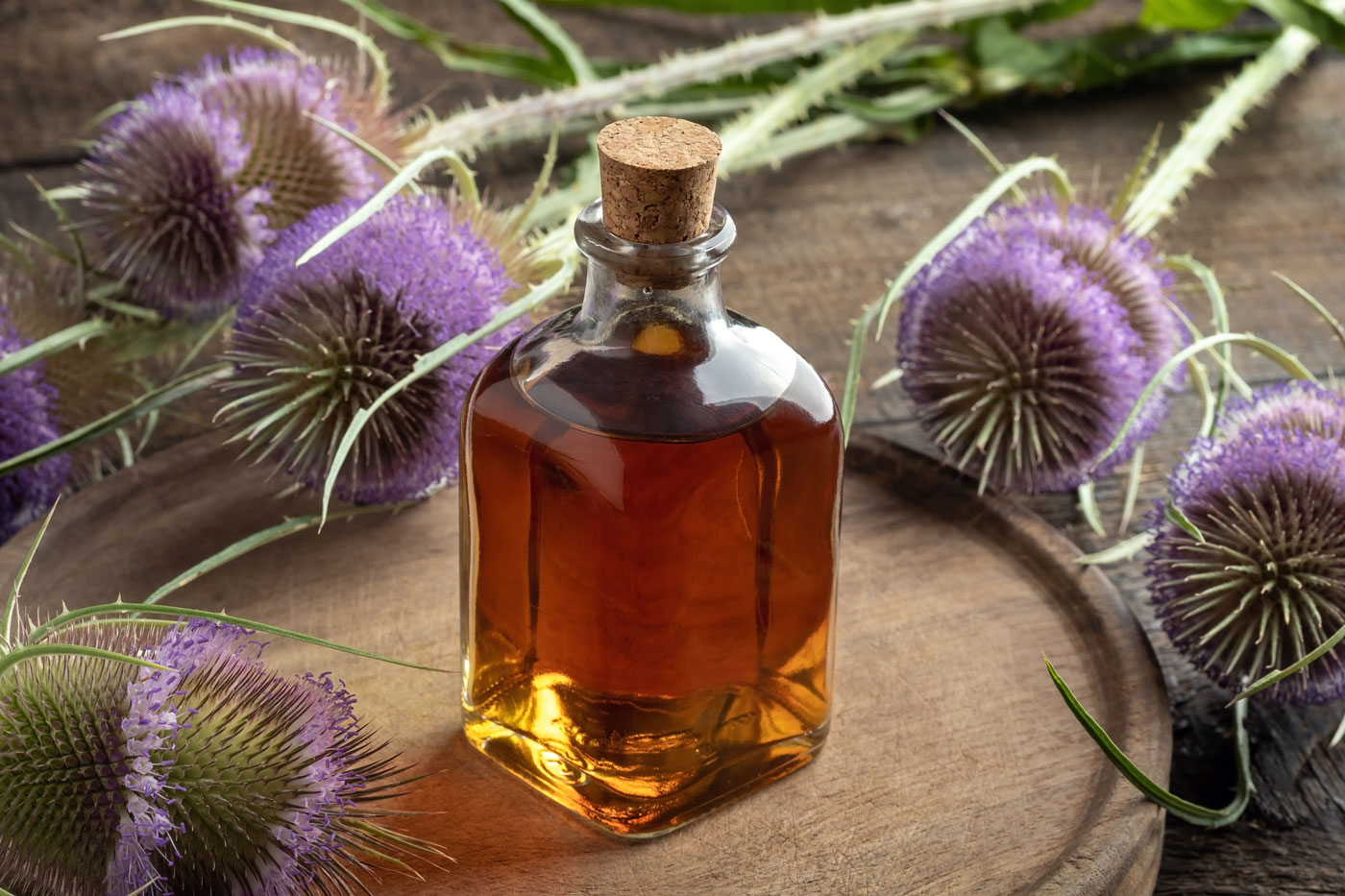Ticks, Mosquitos, Mice, and Borrelia burgdorferi
As the top vector-borne disease in the United States, The Centers for Disease Control and Prevention (CDC) estimates approximately 300,000 Americans are diagnosed with Lyme disease each year, although some research organizations believe it is much higher, in the range of 400,000.
Typically, a bullseye rash develops when we are bitten by a blacklegged tick that is infected with the spirochete bacterium Borrelia burgdorferi, but this isn’t always the case. Many have contracted Lyme disease without this telltale sign. The disease is now found in all 50 states.
While deer are the main animal that spread ticks carrying Borrelia burgdorferi, mice can also be carriers and are known to increase Lyme cases in areas with elevated mouse populations. Researchers are finding that other insects can spread the disease as well, such as mosquitoes, spiders, and fleas.
Symptoms of Infection
Symptoms begin with flu-like body aches, chills, neck and joint pain, sweating, headache, and fatigue. If left undiagnosed or if early antibiotic treatment is ineffective, the disease progresses into a chronic inflammatory response that mimics an autoimmune disorder, which can lead to:
- Insomnia and poor sleep
- Digestive complaints including nausea
- Severe joint pain and inflammation
- Chronic fatigue and lethargy
- Mood disorders such as anxiety and depression
- Cognitive issues that include brain fog, forgetfulness, headaches, and poor concentration
- Migraine headaches
- Heart or breathing problems
- Extreme sensitivity to light and sound
Post Lyme Disease Syndrome (PLDS)
It is important to note that when Lyme disease remains persistent after early antibiotic intervention, it often indicates an underlying issue, including: weakened immunity, a wide-spread bacterial infection, mold exposure, or parasites. Post Lyme Disease Syndrome (PLDS) is when the initial Borrelia burgdorferi infection becomes chronic and causes continuing symptoms for many months or even years. These are the instances where antibiotic treatment has failed or the infection was left untreated. When this happens, it leads to a significantly lower quality of life for the patient. Ideally, prevention is key. But if you have developed Lyme disease and the antibiotic protocol was unsuccessful, several medicinal herbs are available that can help you to heal.
My Top Herbal Recommendations for Healing

Reishi Mushroom — Antibacterial, anti fungal, and anti-inflammatory, reishi is an excellent medicinal herb for treating Lyme disease. It also soothes the anxiety and depression that often accompany the disease. What’s more, reishi tackles arthritis, lupus, MS, heart disease, and cancer. Before using, make sure the tincture is dual-extracted and uses only the fruiting body, like the one found in my Apothecary. You can learn more about why this is crucial here.
Japanese Knotweed and Chinese Skullcap — This study found that Japanese knotweed and Chinese skullcap are more effective against B. burgdorferi in both the growing and non-growing stationary stage of the bacteria than the antibiotics doxycycline and cefuroxime. Japanese knotweed is also high in the bioactive compound resveratrol, which is a potent antioxidant and anti-inflammatory that assists in treating Lyme disease. Chinese skullcap is anti-inflammatory, neuroprotective, antioxidant, and also contains melatonin which is helpful for supporting restful sleep. It is known to treat bartonella and babesia co-infections as well.
Japanese knotweed and Chinese skullcap are included in my Eastern Blend Tincture, along with Japanese honeysuckle, and cordyceps mushroom. Not only is this tincture outstanding for fighting Lyme disease, but it is also helpful for insomnia, digestive disorders, respiratory issues, depression, fungal and bacterial infections, as well as colds, influenza, and other viral infections.
Wild Teasel — As a preventative and therapeutic herb, wild teasel is outstanding for treating B. burgdorferi infections. As I wrote in Struggling with Lyme disease? Wild Teasel may help:
“While teasel isn’t an antibiotic, it acts as a powerful agent to flush the bacteria into the bloodstream so that antibiotics can more easily target the infection. When dealing with Chronic Lyme Disease or in situations where the antibiotic protocol wasn’t effective, adding teasel into your treatment regime can make a tremendous difference. However, it may still take up to six months or longer to clear the infection.”
For detailed dosing instructions for the prevention and treatment of Lyme disease with wild teasel, see here.
Cryptolepis — Found to be more effective than antibiotics against B. burgdorferi, this study established that a 1% cryptolepis extract caused complete eradication of the spirochete in vivo. Moreover, recent research published in Infectious Microbes & Diseases discovered that it also treats bartonella, a common Lyme co-infection that can cause mood swings, blurred vision, neurological impairment, brain fog, fatigue, anemia, and immune dysfunction. Bartonella is not only spread by ticks, but also fleas, lice and mosquitoes.
Brain Fog — One of the most frustrating symptoms of Lyme disease is brain fog. If you are struggling with poor cognitive function, my Brain Bundle can help as it contains several brain-boosting botanicals, including: Lemon Balm, Lion’s Mane, Cordyceps, and Reishi.
Diet, Lifestyle, and Underlying Conditions
Lyme disease has many similar symptoms as autoimmune disorders like multiple sclerosis. So it makes sense that many of the same helpful diet and lifestyle choices for MS also apply to Lyme disease. An organic, anti-inflammatory diet is crucial. As is managing stress and practicing gratitude. Lastly, it is important that you address any underlying conditions that could hinder your healing, such as mold exposure, parasites, or sensitivity to Electromagnetic Fields (EMFs).
Here’s to your health and truly thriving!
Nicole Apelian




